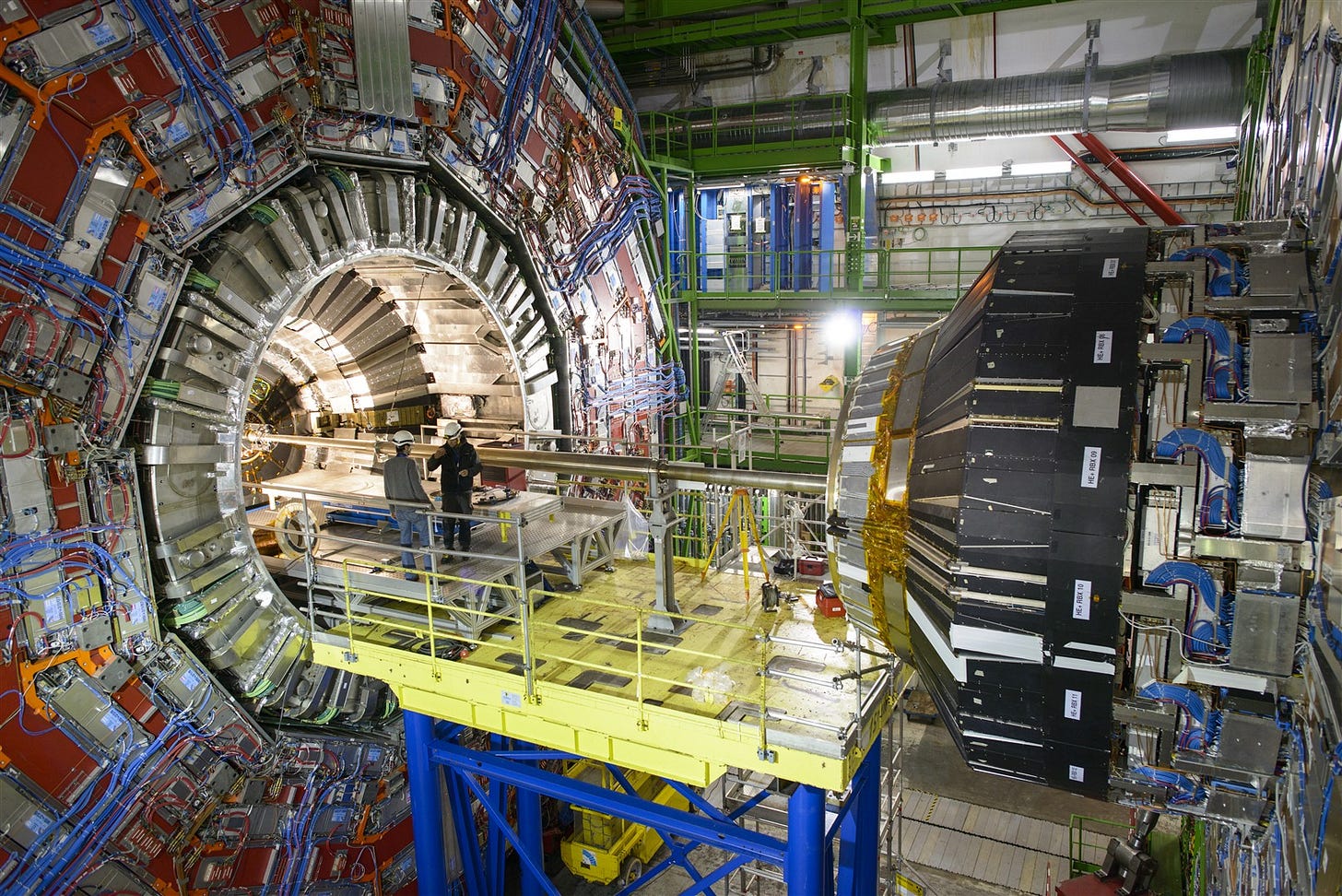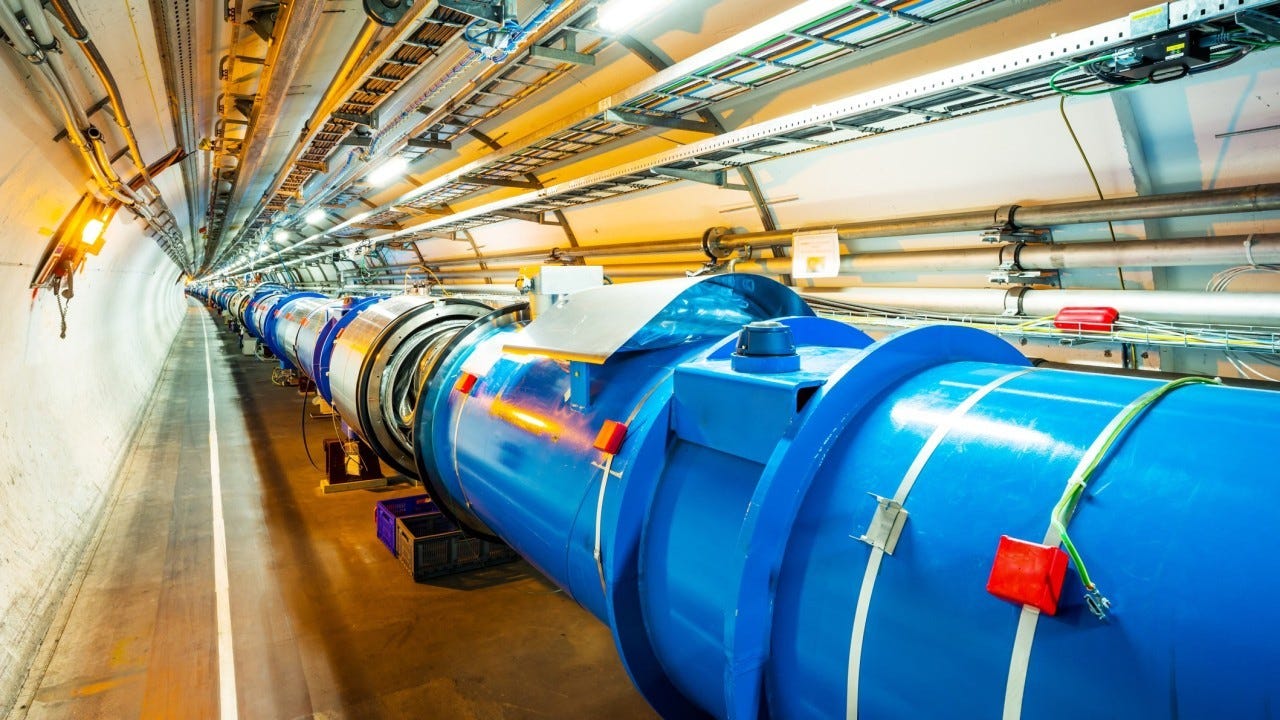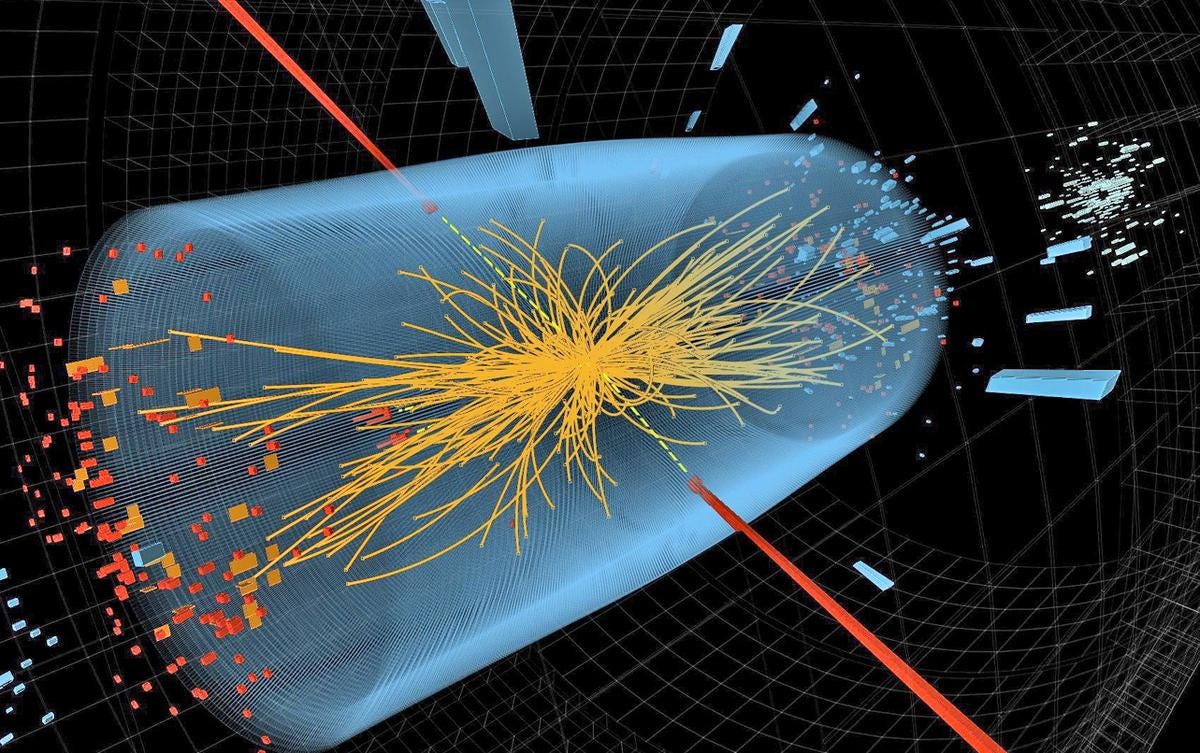Modern Alchemy: CERN’s Brief Transmutation of Lead into Gold
In an achievement that seems pulled from the pages of medieval alchemy, scientists at CERN have managed to turn lead into gold. But before you start melting down plumbing supplies in hopes of striking it rich, the reality of this breakthrough is far more nuanced—and far less economically promising.
This remarkable feat took place at the Large Hadron Collider (LHC) in Geneva, Switzerland—the world’s most powerful particle accelerator. It marks a first in modern nuclear science and provides deeper insight into the building blocks of matter. For investors and gold enthusiasts, it’s a fascinating glimpse into the science of element creation, but it also underscores why real, physical gold remains unmatched in value and accessibility.
The Alchemist’s Dream Meets Modern Physics
For centuries, alchemists sought to transmute base metals like lead into gold—a pursuit symbolic of wealth, purity, and ultimate mastery over nature. While their efforts were rooted in mysticism, today’s scientists rely on quantum physics and relativistic particle collisions to achieve such transformations.
At CERN, a group of physicists known as the ALICE collaboration (A Large Ion Collider Experiment) successfully transformed lead atoms into gold using a technique called electromagnetic dissociation. Rather than smashing particles head-on, researchers directed lead nuclei to narrowly miss each other while traveling at 99.999993% the speed of light.
These near-miss encounters created extremely powerful electromagnetic fields. When the lead nuclei passed close enough, these fields caused each nucleus to lose three protons—effectively converting the lead (atomic number 82) into gold (atomic number 79). The result? True nuclear transmutation—lead became gold in the most literal, scientific sense.
How Much Gold Did They Actually Make?
Between 2015 and 2018, the LHC created an estimated 86 billion gold atoms through this method. On the surface, that sounds like an enormous success.
But here’s the catch: all of those atoms combined weighed just 29 picograms—that’s less than a trillionth of a gram. Even with the collider now capable of producing 89,000 gold atoms per second, the amount is far too small to be recovered or measured outside the laboratory.
And there’s another problem—the gold atoms don’t last. These atomic transformations happen so fast and at such high energy levels that the gold atoms quickly break apart or decay, often within a tiny fraction of a second.
In other words, while it’s real gold, it’s neither visible, touchable, nor collectible. You’d need trillions of times more material and energy just to produce a single fleck of usable metal.
Is This the Future of Gold Production? Not Even Close
One natural question might be: if we can already make gold atom by atom, will this technology eventually become viable for commercial use?
The answer—no, and probably never.
Producing gold via particle collision is astronomically inefficient. The cost of energy alone to operate the LHC runs into billions of dollars. Even with future upgrades or more efficient particle accelerators, the economics don’t add up. We’re talking about millions of dollars per atom, not per ounce.
Today, gold is trading near record highs at over $3,233 per ounce. But the cost to make even a gram through electromagnetic dissociation would be so high that no market could bear it.
So, while this experiment may be an incredible scientific milestone, it serves more as a symbolic echo of ancient dreams than a challenge to modern mining or investment strategies.
Why This Research Still Matters
While the gold itself is fleeting, the science is substantial. The primary aim of the experiment wasn’t wealth creation—it was to understand nuclear behavior in extreme conditions. This helps physicists refine their models of how matter interacts and breaks down, which is critical for the ongoing development of particle physics.
It also improves understanding of beam loss management in the LHC and future colliders. When high-energy beams lose particles due to electromagnetic dissociation, those particles can damage equipment or reduce the collider’s efficiency. Knowing how and when atoms transmute helps engineers design safer, more powerful machines.
And there’s another deeper insight: this research mirrors events thought to occur in deep space, such as inside neutron stars or during cosmic ray collisions. What CERN is simulating here, in miniature, might help us understand how heavy elements like gold originally formed in the universe—likely through the violent merging of stars and supernova explosions.
Gold’s Tangible Value: Science Can’t Replace What’s Real
For gold investors, collectors, and dealers like Si Iver, the experiment is a reminder of gold’s real-world scarcity and dependability. While scientists may be able to create gold atoms under ultra-specific lab conditions, these methods are a long way—and likely forever—from competing with the earth’s natural processes.
Gold remains valuable because it is:
Rare but accessible through mining and refining
Durable and non-reactive, making it ideal for jewelry, currency, and electronics
Universally recognized as a store of value
Physically tangible and divisible, unlike theoretical atoms that vanish in milliseconds
As such, despite all the marvels of high-energy physics, there’s no substitute for the real thing. Holding a gold coin, bar, or bullion piece still represents an ancient, enduring trust in something that no particle accelerator can replicate in usable form.
A Nod to the Impossible, and a Bet on the Practical
The scientists at CERN have achieved something incredible—turning lead into gold. But it serves as a profound reminder of how precious real gold truly is.
For now, and likely for all time, gold production will remain the domain of geology, not physics. While science may reveal new mysteries about the origins of elements and the forces that shape the universe, it won’t disrupt the fundamental value of tangible assets that have stood the test of time.
So next time someone asks, “Can science make gold?”—you can confidently say, “Yes, for a trillionth of a gram… and for a trillion times the cost.”
And that’s why investors still trust the experts like Si Iver, who deal in real gold—measured in ounces, not atoms.




